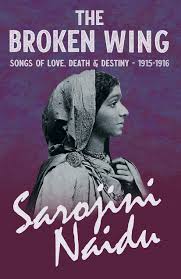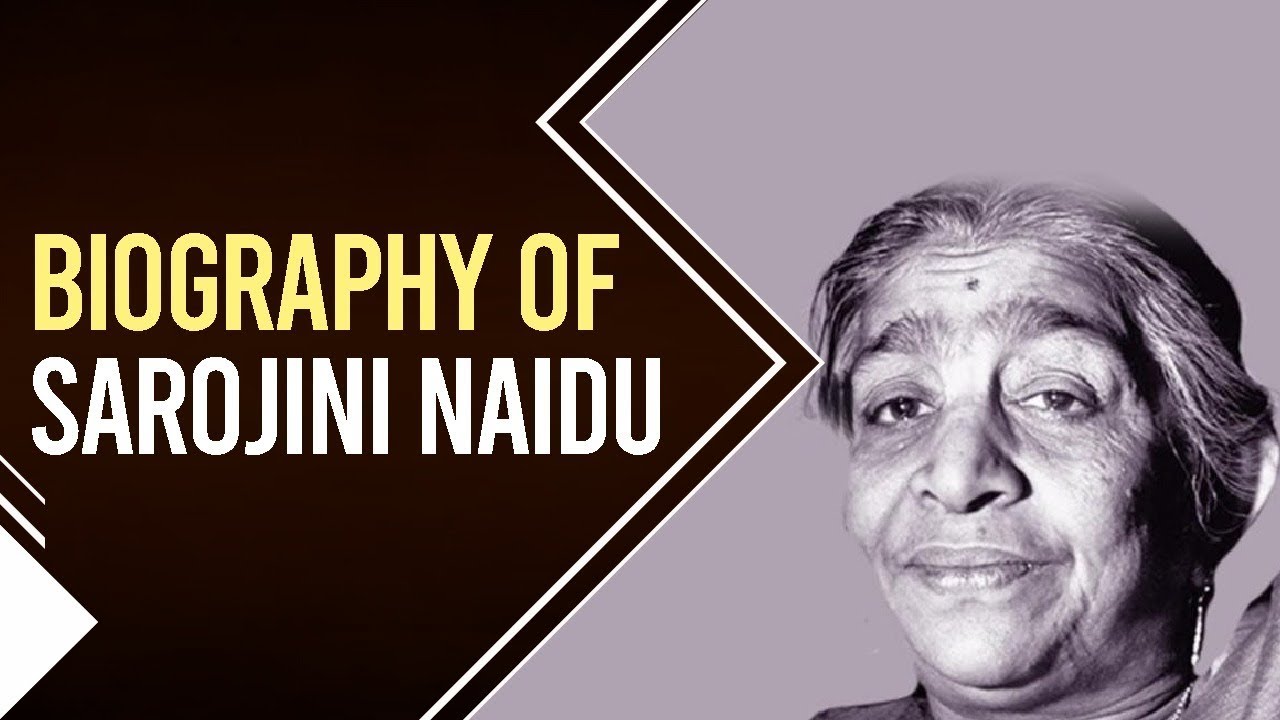Mulk Raj Anand – The Lost Child
Mulk Raj Anand – The Lost Child
1.
: Mulk Raj Anand
: 12 December 1905, Peshawar (now Pakistan), British India
: 28 September 2004, Pune, Maharashtra, India
: Indian
: Mulk Raj Anand
: 12 December 1905, Peshawar (now Pakistan), British India
: 28 September 2004, Pune, Maharashtra, India
: Indian
2.
:
Pioneer of Indian writing in English; together with Anand and Raja Rao, formed the “trio” of modern Indian fiction.
:
Renowned for exploring philosophical and spiritual themes; contemporary and fellow bridge between Indian and English literary traditions.
:
Major Hindi/Urdu writer; shared Anand’s commitment to social justice, often portrayed rural and marginalized lives.
:
Progressive Writers’ Association colleagues, with whom Anand championed literature for social change.
:
British novelist and friend; wrote the introduction to Untouchable and encouraged Anand’s work in England.
:
Pioneer of Indian writing in English; together with Anand and Raja Rao, formed the “trio” of modern Indian fiction.
:
Renowned for exploring philosophical and spiritual themes; contemporary and fellow bridge between Indian and English literary traditions.
:
Major Hindi/Urdu writer; shared Anand’s commitment to social justice, often portrayed rural and marginalized lives.
:
Progressive Writers’ Association colleagues, with whom Anand championed literature for social change.
:
British novelist and friend; wrote the introduction to Untouchable and encouraged Anand’s work in England.
3.
4.
:
Lays bare the struggles of the lower classes in India.:
Celebrates wonder, joy, and vulnerability of children, as in “The Lost Child.”:
Explores familial bonds, relationships, and parental protection.Social Injustice and Exploitation:
Critiques rigid social hierarchies, caste, and oppression.:
Portrays cultural changes in pre- and post-independence India.:
Empathy and ethical concern for all, especially the poor.
5.: Lal Chand Anand – clerk and army worker, Arya Samajist
: Ishwar Kaur – from a Sikh peasant family; skilled storyteller
:
Anand’s family background blended religious tradition and reformist spirit, inspiring both empathy and a critical eye towards social ills.: Khalsa College, Amritsar (Graduated with Honours, 1924)
:
University College London (Undergraduate)
Cambridge University, England (Ph.D. in Philosophy, 1929)
:
Friendship with Bloomsbury Group writers in England; exposure to global literary and philosophical trends.
7.
:
Family tragedy, political activism, and engagement with literary and leftist circles in London shaped his first works.: Founding member, Progressive Writers’ Association in London.
: Published Untouchable (landmark novel).
: Settled in Bombay in 1946, continued prolific writing and activism.
: Founded art and culture magazine Marg.
: Numerous awards, international recognition, teaching positions in India and abroad, active until his passing at 98.
8.
:
Celebrated for powerful realism and advocacy for the oppressed.:
Praised Anand’s ability to blend Indian idiom, emotion, and social critique.:
Some critics found his style too direct or polemical.:
Seen as a foundational figure in Indian English fiction, admired for bold humanitarianism and narrative innovation.
9.
Anand’s work bridged Indian culture with English literary form, using Indianized English expressions.
Actively promoted Indian art, literature, and social justice.
His stories vividly depict real settings and lived experiences of Indian masses.
Literary output spanned novels, short stories, essays, criticism, and cultural history.
10.
“He ran towards his parents, shouting, ‘Mother, Father!’, but they were nowhere to be seen...”
(from “The Lost Child”)
11.
Year Title Notes 1935 Untouchable Exposé of untouchability and caste oppression 1936 Coolie Explores child labor and exploitation 1937 Two Leaves and a Bud Focuses on tea plantation workers’ struggles 1939 The Village Rural life and change 1939 Across the Black Waters Indian soldiers in WWI 1942 The Sword and the Sickle Socialist themes; pre-independence politics 1953 The Private Life of an Indian Prince Human suffering during Partition 1951-75 Seven-part autobiographical sequence Begins with Seven Summers; includes Morning Face (award-winner) 1946 Indian Fairy Tales Retelling of classic folk stories 1934 The Lost Child (short story) Iconic story of childhood innocence, loss, and reunion
6.
1. Story Overview
"The Lost Child" is a widely acclaimed short story by Mulk Raj Anand, first published in the collection The Lost Child and Other Stories (1934). It is one of the earliest and most moving portrayals of childhood innocence, parental love, and the sharp contrast between material desires and emotional needs. The story is set against the vibrant backdrop of a village fair during spring, capturing the sensory richness of rural Indian life.
2. Detailed Summary
Opening Scene:
A little boy visits a village fair with his parents. The journey begins through fields and paths filled with natural beauty—mustard flowers, dragonflies, and blossoming trees.Excitement and Temptations:
As the family nears the fair, the boy is attracted by sights and sounds: toys, sweets, garlands, colorful balloons, and snake charmer’s music. He repeatedly requests his parents for these items.Parental Responses:
Each time, the parents gently distract or refuse him, urging him to move forward. Their love is implicit in their care and guidance.Sudden Separation:
Near a roundabout, the boy’s attention is drawn to a new temptation. In the crowd’s chaos, he is separated from his parents.Realization and Fear:
The realization terrifies him—his earlier joy vanishes, replaced by panic and tears. He frantically searches for his mother and father, calling out to them.Kind Stranger:
An empathetic man finds the child, offering sweets, balloons, and rides—everything the child wanted before. But the boy rejects them all, crying only for his parents.Climax and Message:
All material attractions lose value; the longing for his parents is absolute and transcends all desires. The story ends with the boy still struggling to find his parents, underscoring the innocence and vulnerability of children.
3. Key Themes
Childhood Innocence
The narrative authentically captures a child’s shifting desires, curiosity, and unfiltered emotional world.Parental Love and Security
The story demonstrates that, above all, the child seeks the comfort and safety of his parents, especially when faced with fear or danger.Material Desire vs. Emotional Need
The change in the child’s priorities—from craving toys and sweets to desperately seeking his parents—offers a profound commentary on human values and attachments.Rural Indian Setting
Anand creates a vivid, immersive description of the Indian countryside and village festivities, adding color, depth, and authentic atmosphere.
4. Characters
Character Role & Significance The Boy Protagonist, who embodies innocence, curiosity, and emotional dependence The Parents Represent love, guidance, and security; their presence forms the story’s emotional core The Stranger A kind helper, symbolizing compassion and the limits of material comforts Fair Vendors, Crowd Background; symbolize the tempting distractions and unpredictability of the world 5. Style and Literary Features
Realism:
Sensory detail—sounds, sights, smells—paint a lifelike portrait of rural India.Simplicity:
Simple yet powerful language invites empathy; childlike perspective brings immediacy to every emotion.Symbolism:
The fair, with its temptations, represents worldly attractions; the search for the parents symbolizes the quest for love and belonging.
6. Historical Context and Significance
Written in pre-independence India, the story reflects Anand’s humanist beliefs and concern for ordinary people’s experiences.
"The Lost Child" is a staple in school curricula, celebrated for its universal appeal and ability to move readers of all ages.
It introduces readers worldwide to the morality, culture, and emotional landscape of Indian rural life.
7. Famous Excerpt
"He ran towards his parents, shouting, ‘Mother, Father!’, but they were nowhere to be seen..."
This line encapsulates the story’s dramatic turning point and its enduring emotional impact.
8. About the Author
Mulk Raj Anand (1905–2004): A founding figure of Indian English fiction, known for defending the rights of the downtrodden and giving voice to the voiceless. "The Lost Child" showcases his sympathy for the vulnerable, his gift for storytelling, and his deep humanism.
9. Impact and Legacy
"The Lost Child" remains one of the most widely read and taught short stories in South Asian literature.
Its themes of innocence, parental love, and the true source of happiness are timeless and universal.
In essence, "The Lost Child" is a rich, humane narrative that finds the extraordinary in the ordinary, using a simple story to convey profound truths about childhood, love, and loss.











